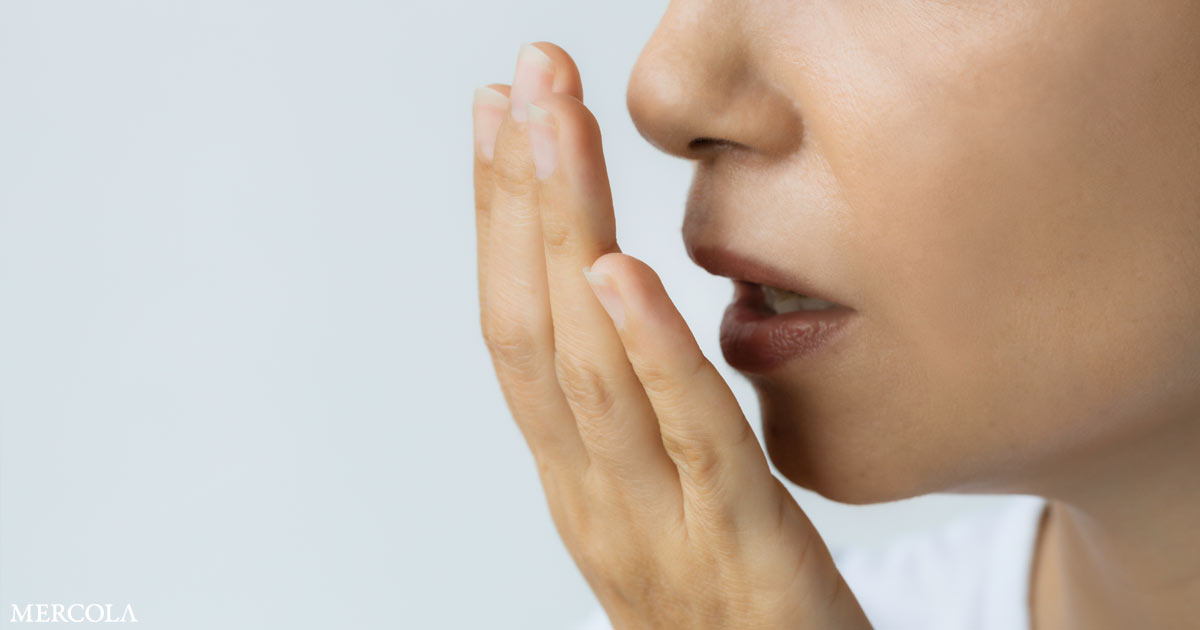
[ad_1]
On the list of perfect pet parents, Mikel Delgado, a professional feline-behavior consultant, probably ranks high. The Ph.D. expert in animal cognition spends half an hour each evening playing with her three torbie cats, Ruby, Coriander, and Professor Scribbles. She’s trained them to take pills in gelatin capsules, just in case they eventually need meds. She even commissioned a screened-in backyard catio so that the girls can safely venture outside. Delgado would do anything for her cats—well, almost anything. “Guilty as charged,” Delgado told me. “I do not brush my cats’ teeth.”
To be fair, most cat owners don’t—probably because they’re well aware that it’s weird, if not downright terrifying, to stick one’s fingers inside an ornery cat’s mouth. Reliable stats are scarce, but informal surveys suggest that less than 5 percent of owners give their cats the dental scrub-a-dub-dub—an estimate that the vets I spoke with endorse. “I’m always very shocked if someone says they brush their cat’s teeth,” says Anson Tsugawa, a veterinary dentist in California. When Steve Valeika, a vet in North Carolina, suggests the practice to his clients, many of them “look at me like I’ve totally lost it,” he told me. (This is where I out myself as one of the loons: My cats, Calvin and Hobbes, get their teeth brushed thrice weekly.)
There certainly is an element of absurdity to all of this. Lions, after all, aren’t skulking the savannas for Oral-Bs. But our pets don’t share the diets and lifestyles of their wild counterparts, and their teeth are quite susceptible to the buildup of bacteria that can eventually invade the gums to trigger prolonged, painful disease. Studies suggest that most domestic cats older than four end up developing some sort of gum affliction; several experts told me that the rates of periodontal disease in household felines can exceed 80 percent. Left untreated, these ailments can cost a cat one or more teeth, or even spread their effects throughout the body, potentially compromising organs such as the kidneys, liver, and heart.
To stave off kitty gum disease, veterinary guidelines and professionals generally recommend that owners clean their cat’s chompers daily, ideally for at least a minute, hitting every tooth. “That’s the gold standard,” says Santiago Peralta, a veterinary dentist at Cornell University. Even a gap of two or three days can leave enough time for tartar to cement, Jeanne Perrone, a veterinary-dentistry trainer in Florida, told me. But brushing feline teeth is also really, really, really hard. Most cats aren’t keen on having things shoved into their mouth, especially not bristly, sludge-covered sticks. (Dogs don’t always love cleanings either, but they’re at least used to engaging their owners with their mouths.) My old cat, Luna, was once so desperate to escape a brushing that she shrieked in my face, then peed all over the floor.
A niche industry has sprouted to ease the ordeal for hygiene-conscious humans: poultry-flavored toothpastes, cat-size toothbrushes, silicone scrubbers that fit on fingers. Sometimes the gear helps; when Chin-Sun Lee, a New Orleans–based writer, purchased malt-flavored toothpaste for her cat, Tuesday, he went bonkers for the stuff. Every morning, he comes trotting over just so he can lick the brush. Krissy Lyon, a neuroscientist at the Salk Institute, told me that one of her cats, Cocchi, is so crazy for his toothpaste that she and her partner have to “restrain him or lock him in a different room” while they’re brushing the teeth of their other cat, Noma.

But tasty toothpaste isn’t a sufficient lure for all. Valeika, who extols the virtues of feline oral health, admitted that even his own cat, Boocat, doesn’t reap the benefits of his brushing expertise. He “tried hard-core for a couple weeks” when he adopted her seven years ago. But Boocat was too feisty to stand for such a thing. “She can be a real terror,” Valeika told me. “We once saw her chase a bear out of our yard.”
Maybe Boocat is picking up on how odd the whole toothbrushing ritual can be. Even most American people weren’t regularly scrubbing their dentition until around the time of World War II. Vet dentistry, which borrowed principles from its human analogue, “is a relatively new discipline,” Peralta told me. “Thirty years ago, nobody was even thinking about dog or cat teeth.” Nor was it all that long ago that people across the country routinely let their pets sleep outside, eat only table scraps, and run hog wild through the streets. Now pets have become overly pampered, their accessories Gooped. Experts told me that they’ve seen all kinds of snake-oil hacks that purport to functionally replace feline toothbrushing—sprays, gels, toys, water additives, even calls to rub cat teeth with coconut oil. A lot of these products end up just cosmetically whitening teeth, temporarily freshening breath, or accomplishing nothing at all. If a super-simple, once-a-month magic bullet for dental hygiene existed, Tsugawa told me, “we’d be doing it for our own teeth.”
There are probably a lot of un-toothbrushed cats out there who could be s-l-o-w-l-y taught to accept the process and maybe even enjoy it. Mary Berg, the president of Beyond the Crown Veterinary Education, told me that one of her colleagues trained her pet to relish the process so much that “she could just say ‘Brusha brusha brusha’ and the cat would come running.” But getting to that point can require weeks or months of conditioning. Berg recommends taking it day by day, introducing cats first to the toothpaste, then to getting one or two teeth touched, and on and on until they’re comfy with the whole set—always “with lots of praise and reward afterward,” she said. And that’s all before “you introduce that scary plastic thing.”
That’s a big ask for many owners, especially those who went the cat route because of the creatures’ rep for being low-maintenance. The consequences of skipping toothbrushing are also subtle because they don’t directly affect humans, Delgado told me. Miss a nail trimming, and the couch might pay the price. But cat teeth aren’t often glimpsed.

The potential downsides of brushing, meanwhile, can be screamingly clear. On cat forums and Twitter, the cat-toothbrushing-phobic joke about losing their fingers. But what a lot of people are really afraid of sacrificing is their cat’s love. Broken trust can mar the relationship between owner and pet, Perrone said; people simply can’t communicate to skittish animals that this act of apparent torture is for their own good. Some cats never learn to deal. Even among veterinary experts, toothbrushing rituals are rare. Peralta and his wife just try to clear the bar of “at least once a week” with their own cat, Kit Kat; Berg and Perrone don’t brush their felines’ teeth at all. (Tsugawa does not currently own a cat, but he wasn’t a brusher when he did.)
I’m no pro, but I feel a bit torn too. I never took the time to teach Calvin and Hobbes to see toothbrushing as a treat, and they can get pretty grumpy during the ritual itself. Valeika, the North Carolina vet, told me that seeing Boocat’s horrified reactions was the main thing that prompted him to quit the brush. “She would hate it if we were always doing that to her,” he said. “She really would just not be our pet anymore.”
Feline-health experts know they’re losing this fight. “A lot of us are not even talking about toothbrushing anymore, because nobody’s doing it,” Berg said. Luckily, a few well-vetted alternatives to toothbrushing do exist. Berg and Delgado use specialty kibble that can cut down on plaque, and Perrone’s cat, Noriko, is into Greenies dental treats—both options that many pets may be more receptive to. Scientifically, nothing beats bona fide brushing. But realistically, this young art may already be obsolete. The best interventions, Delgado told me, will be the ones that people actually use. “If someone in my profession doesn’t brush their pet’s teeth,” Berg said, “I can’t blame anybody else.”
[ad_2]
Source link





No comment yet, add your voice below!